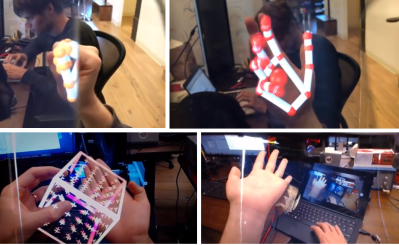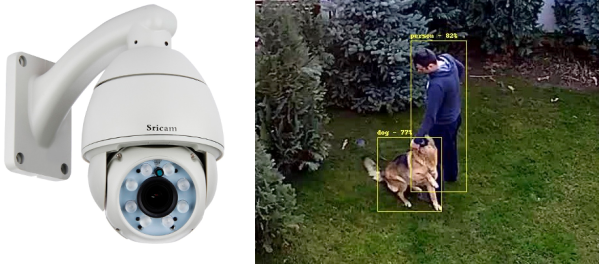The Flite Test crew is well known for putting some crazy flying contraptions together. They’ve outdone themselves this time with a flying IKEA chair. This build began with [Josh] issuing a challenge to [Stefan]. Take a standard IKEA ladderback chair and make it fly– in less than six hours. With such a tight schedule, measuring twice and cutting once was right out the window. This was a hackathon-style “throw it together and hope it works” build.
The chair was plenty sturdy, so it became the core of the fuselage. [Stefan] grabbed the wing from a previous plane and placed it on the seat of the chair. Two carbon fiber rods drilled into the seat frame formed a tail boom. The tailfeathers were built from Flite Test foam – paper coated foam-core board.
With the structure complete, [Stefan] and his team added servos for control, a beefy motor for power, and some big LiPo batteries. The batteries hung from the bottom of the chair to keep the center of gravity reasonable.
When the time came for the maiden flight, everyone was expecting a spectacular failure. The chair defied logic and leaped into the air. It flew stable enough for [Josh] to take his fingers off the sticks. The pure excitement of seeing a crazy build that works is on full display as the entire Flite Test crew literally jumps for joy. [Alex] even throws in a cartwheel. This is the kind of story we love to cover here at Hackaday – watching a completely nutty build come together and perform better than anyone expected.





 Hamilton soon moved on to the SAGE program, writing software which would monitor radar data for incoming Russian bombers. Her work on SAGE put Margaret in the perfect position to jump to the new Apollo navigation software team.
Hamilton soon moved on to the SAGE program, writing software which would monitor radar data for incoming Russian bombers. Her work on SAGE put Margaret in the perfect position to jump to the new Apollo navigation software team.
 Now that we’ve got you excited, let’s mention what the North Star is not — it’s not a consumer device. Leap Motion’s idea here was to create a platform for developing Augmented Reality experiences — the user interface and interaction aspects. To that end, they built the best head-mounted display they could on a budget. The company started with standard 5.5″ cell phone displays, which made for an incredibly high resolution but low framerate (50 Hz) device. It was also large and completely unpractical.
Now that we’ve got you excited, let’s mention what the North Star is not — it’s not a consumer device. Leap Motion’s idea here was to create a platform for developing Augmented Reality experiences — the user interface and interaction aspects. To that end, they built the best head-mounted display they could on a budget. The company started with standard 5.5″ cell phone displays, which made for an incredibly high resolution but low framerate (50 Hz) device. It was also large and completely unpractical.









